Camel spiders, which aren’t spiders at all, are creatures swirled in myth, legend, and viral fame. There are over 1,000 different species of camel spiders. These creatures are actually different members of the arachnid family, in the order Solifugae, but are neither spiders or scorpions. They are also known as “solifuges,” “sun spiders,” and “wind scorpions.” Read on to learn about the camel spider.
Description of the Camel Spider
The largest species of solifugae family can reach up to 6 in. long, including legs. They superficially resemble spiders, but appear to have five pairs of legs. In reality, the first “legs” are actually pedipalps, which are small extensions near the mouth that are used to aid in feeding. These creatures have incredibly long mouthparts, called chelicerae. Each chelicera has a crab-like pincer on the end, which is used for tearing hair and feathers from carrion.
Interesting Facts About the Camel Spider
Viral images brought these creatures to the forefront of many people’s nightmares. In reality there are a wide variety of camel spiders with a number of different appearances and behaviors. They are not nearly as large or terrifying as the media would have you believe! Learn more about these creatures below.
- Venomless – These arachnids are not going to kill anyone with their venom, namely because they lack fangs. Instead of fangs they have modified chelicerae. They can, however, inflict a painful bite when threatened!
- Foot Traffic – As desert dwellers, these creatures deal with some high temperatures. One common way they avoid the sun is by seeking shade! This can lead them to follow humans around, who think they are being chased.
- Diva Behavior – We have limited knowledge of these creatures, because research can be quite difficult. They cannot be easily kept alive in a laboratory setting to conduct research. Knowledge of wild individuals varies, but many live in inhospitable deserts that humans tend to avoid.
- “Spider” Fight – During World War I, soldiers would capture camel spiders, scorpions, and other small creatures. They would place them in close quarters to encourage them to fight, and place wagers on which would win.
Habitat of the Camel Spider
The vast majority of species occur in deserts and similar biomes. They can also be found in commonly in semideserts, scrublands, and more. Occasionally species are found in grasslands or forests. They prefer living in warm and arid habitats, and usually avoid cold temperatures.
Distribution of the Camel Spider
These creatures can be found nearly worldwide. The only continents they are not located on are Australia and Antarctica. Generally speaking, they are restricted to desert and semidesert habitats within the continents they do inhabit.
Diet of the Camel Spider
Depending on the species, some camel spiders are carnivores and some are omnivores. The vast majority of species prey on termites, beetles, and other insects and arthropods. Larger species will feed on larger prey. As opportunistic feeders they will eat virtually anything they can capture. Some uncommon but recorded prey includes snakes, small rodents, lizards, and more.
Camel Spider and Human Interaction
Don’t get me wrong, when a camel spider bites you, it hurts. Luckily, they are not venomous and will not kill you. Because of their habitat preferences, they normally do not interact with humans frequently, and typically don’t pose a danger of biting in the first place. Because humans fear them, they are subject to vilification and being killed because of fear. Individual species have different conservation needs or threats.
Domestication
These creatures have not been domesticated in any way.
Does the Camel Spider Make a Good Pet
These creatures are quite difficult to keep alive in captivity, making it difficult to keep them as pets.
Camel Spider Care
Different species have different care needs. They must be provided with an appropriately similar substrate to their natural habitat, be that soil, sand, mulch, or peat moss. Some species will burrow, so their substrate must be adequately deep for digging. All species require plenty of hiding places and a variety of choices for retreating. They can be fed a variety of small insects. Individual species have different social needs.
Behavior of the Camel Spider
With such a wide variety of species, behavior varies greatly. Most species are nocturnal, primarily to avoid the intense heat in the desert. The vast majority are solitary, and only interact with others for the purpose of reproduction. Some species are known to cannibalize one another, or fight viciously when they interact.
Reproduction of the Camel Spider
Before breeding, females will overfeed, as they will not hunt while reproducing. Males can breed directly, or will deposit a sperm packet on the ground and use their chelicerae to pass it to the female. Depending on the species, the female lays anywhere from 50 – 200 eggs. In some species the mother will guard the eggs until they hatch.

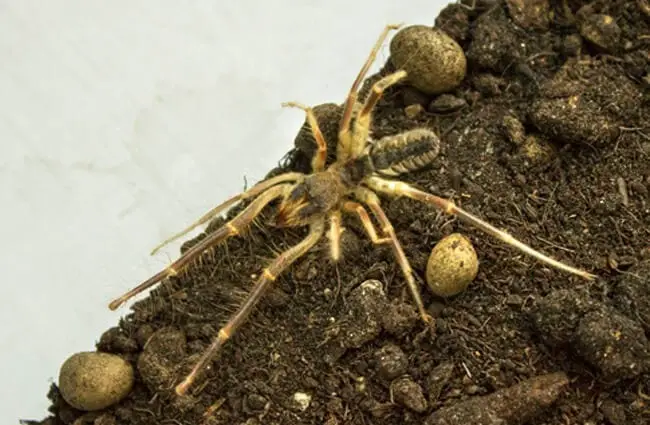
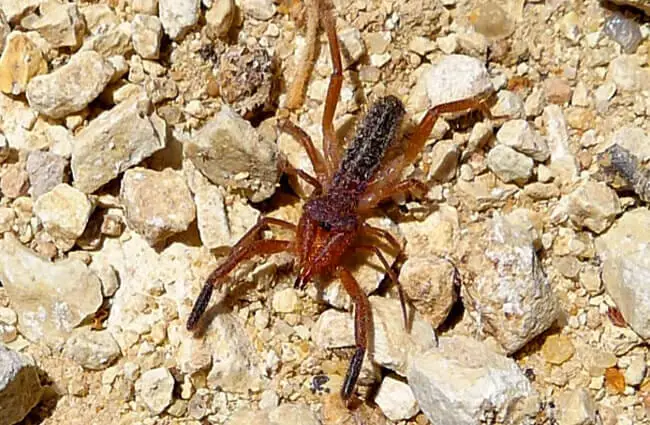
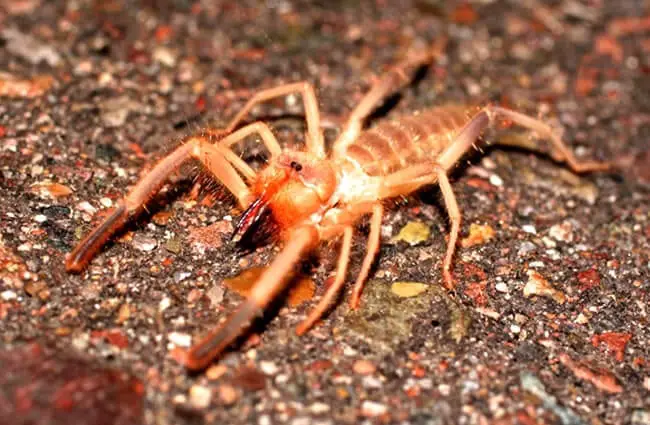
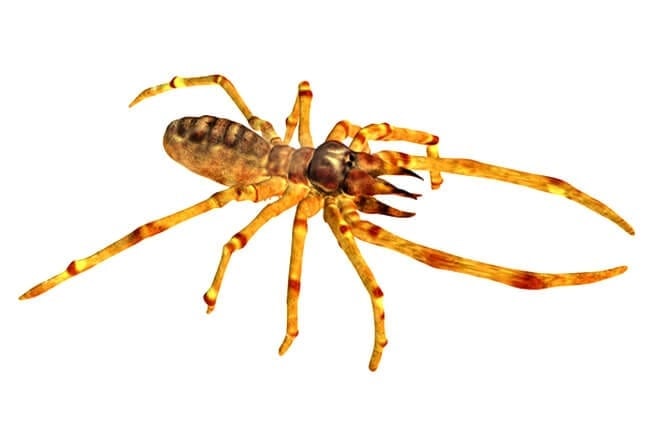
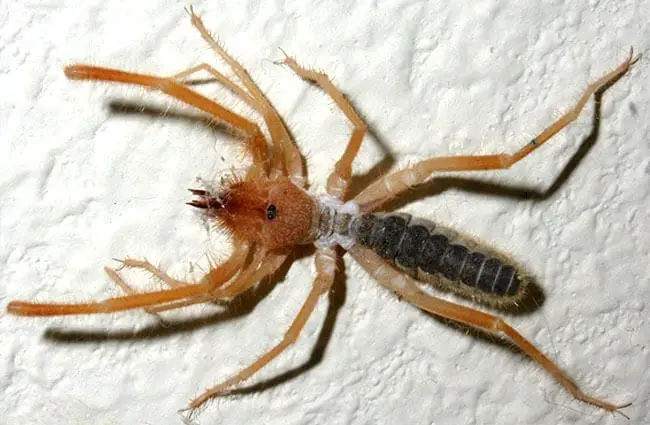





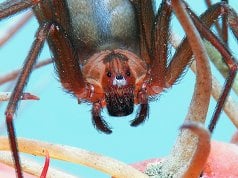
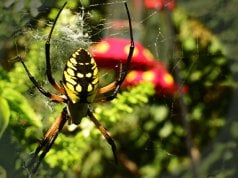











![Red Angus Closeup of a beautiful Red Angus cowPhoto by: U.S. Department of Agriculture [pubic domain]https://creativecommons.org/licenses/by/2.0/](https://animals.net/wp-content/uploads/2020/03/Red-Angus-4-100x75.jpg)

